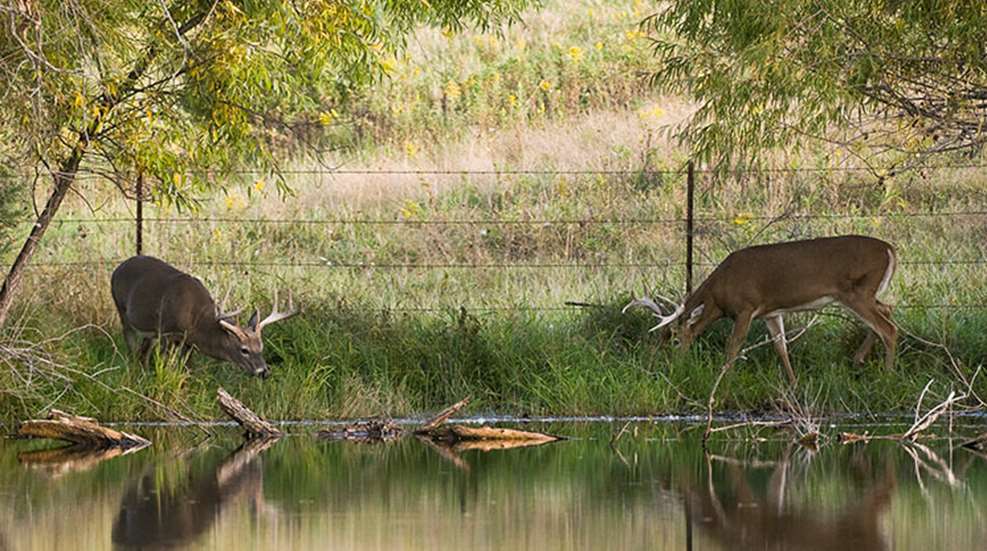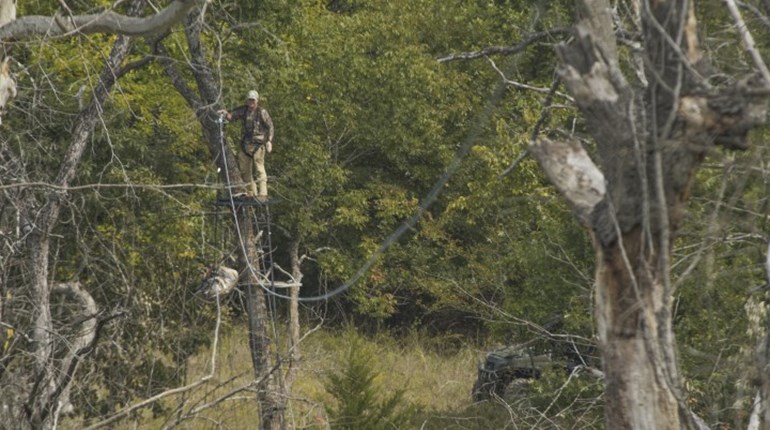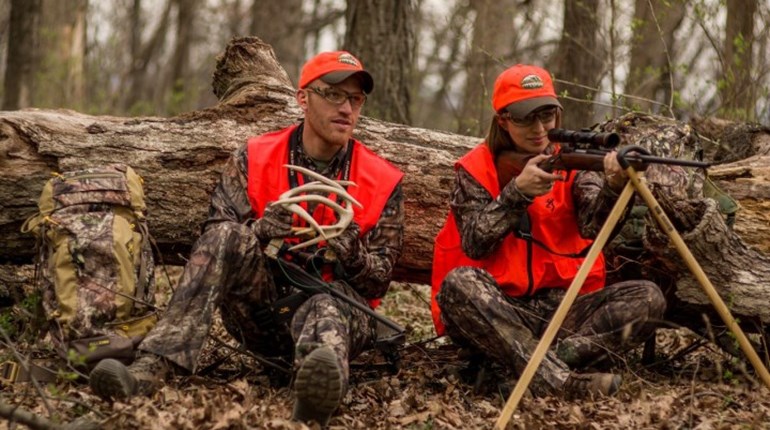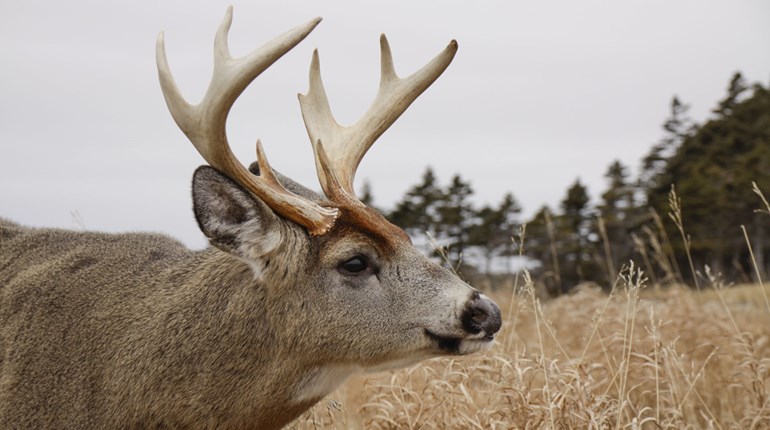
One of your best chances to kill a mature buck is when the buck’s on a bed-to-feed pattern in the pre-rut. Mornings are often problematic to hunt at this time of year, as older bucks will often be out of the fields and maybe even in their bedding areas before daylight. Evening sits are usually your best option, but they are also fraught with peril, as you need to climb down when the bucks are moving. Good whitetail hunters will tell you to find entry and exit routes to stands that are low-impact. That’s wonderful advice, but I’ve found that adhering to it takes a lot of great stands off the table.
This is why I look for stands to burn in the pre-rut. I leave my best rut stands alone, but I look for places I can roll the dice on once in the pre-rut. Here are three of these setups.
Watering Hole
When early-season heat waves hit, consider climbing a tree near a pond or stream near good bedding cover.
Cold Front
In early to mid-October when the wind blows out of the north or northwest and the temperature falls 20 or more degrees, take a chance on a stand along a travel corridor between bedding and feeding areas. Get in there along a rub line and see what happens.
Bedding Area
You generally only get one crack at hunting a buck in its hideout, as often there isn’t a realistic way to slip out after dark, and you have to make the most of that single chance. Dr. Clint McCoy, a deer biologist with the Ohio Division of Wildlife, found a good example of why you need to get close during a study in South Carolina’s Brosnan Forest. By looking over the locations transmitted by a particular buck’s GPS collar, McCoy saw that the buck was feeding in a soybean field—but a hunter who set up on the edge of the bean field, or even 100 yards from it, wouldn’t have gotten a single glimpse of this buck. The buck was typically up and moving about 30 minutes before dark, but the only chance a hunter had at seeing it in daylight would have been if he was within a few hundred yards of where the buck was bedding. If the spot is a place you are willing to burn, then you should let yourself go for it by getting as close to the bedding cover as you dare.




































